Effectively monitoring and managing your Azure Event-Driven Architecture (EDA) is crucial for maintaining system performance, reliability, and scalability. For technical managers overseeing these systems, understanding the tools and best practices available within Azure can make a significant difference in operational efficiency.
This article explores strategies and Azure tools for monitoring and managing your EDA, ensuring that your applications run smoothly and issues are addressed proactively.
The Importance of Monitoring in Azure EDA
Event-Driven Architectures are dynamic and can involve numerous components interacting asynchronously. Without proper monitoring, it can be challenging to detect bottlenecks, diagnose failures, or optimize performance.
Key reasons for effective monitoring include:
- Proactive Issue Detection: Identifying problems before they impact users.
- Performance Optimization: Analyzing metrics to improve system efficiency.
- Capacity Planning: Understanding usage patterns to scale resources appropriately.
- Compliance and Auditing: Maintaining logs for regulatory requirements.
Implementing robust monitoring practices ensures your EDA remains reliable and performant, supporting your business objectives.
Azure Monitoring Tools for EDA
Azure provides a suite of tools specifically designed to monitor and manage your EDA components.
Azure Monitor

Azure Monitor is a comprehensive solution that collects, analyzes, and acts on telemetry data from your Azure resources.
- Metrics: Real-time data on resource performance.
- Logs: Detailed information about system activities.
- Alerts: Notifications based on predefined conditions.
Azure Application Insights
![]()
Application Insights is an extension of Azure Monitor focused on application performance management.
- Request Tracking: Monitor incoming requests and their responses.
- Dependency Tracking: Understand how external services impact your application.
- Exception Monitoring: Capture and analyze exceptions.
Azure Log Analytics

Log Analytics allows you to query and analyze log data collected by Azure Monitor.
- Custom Queries: Use Kusto Query Language (KQL) for tailored insights.
- Visualization: Create charts and dashboards to visualize data trends.
Azure Service Health

Azure Service Health provides personalized alerts and guidance when Azure service issues affect you.
- Service Issues: Real-time updates on outages and incidents.
- Maintenance Notifications: Information about upcoming planned maintenance.
- Health Advisories: Recommendations for optimizing your resources.
By leveraging these tools, you can maintain visibility into every aspect of your EDA, from infrastructure to application performance.
Best Practices for Monitoring Azure EDA

Implementing best practices enhances the effectiveness of your monitoring strategy.
1. Centralize Logging and Monitoring
- Unified Dashboard: Use Azure Monitor to aggregate data from all components.
- Consistent Log Formats: Ensure logs follow a standard format for easier analysis.
2. Implement Custom Metrics
- Application-Specific Metrics: Track metrics relevant to your business logic.
- Thresholds and Alerts: Set thresholds for critical metrics and configure alerts.
Custom metrics provide deeper insights into your application’s behavior, enabling more precise monitoring.
3. Use Distributed Tracing
- Trace Requests: Monitor the flow of requests across services.
- Correlation IDs: Use identifiers to correlate logs from different components.
4. Automate Responses to Alerts
- Azure Automation: Create runbooks that execute in response to alerts.
- Integration with DevOps Tools: Connect alerts to issue tracking systems.
5. Regularly Review and Update Monitoring Configurations
- Adapt to Changes: Update monitoring settings as your application evolves.
- Performance Tuning: Use insights to make informed decisions about optimizations.
Continuous improvement of your monitoring setup ensures it remains effective as your system grows and changes.
Managing Azure EDA Components
Effective management of your EDA involves not only monitoring but also proactive maintenance and optimization.
Scaling Resources Appropriately
- Auto-Scaling: Configure services like Azure Functions and Event Hubs to scale automatically based on demand.
- Capacity Planning: Use historical data to anticipate future resource needs.
Implementing Disaster Recovery Strategies
- Geo-Redundancy: Deploy resources across multiple regions to minimize downtime.
- Backup and Restore: Regularly back up critical data and have procedures for restoration.
Ensuring Security and Compliance
- Access Control: Use Role-Based Access Control (RBAC) to manage permissions.
- Data Encryption: Encrypt data at rest and in transit.
- Compliance Monitoring: Use Azure Policy to enforce compliance with regulations.
Proactive management practices help maintain system integrity and align operations with organizational policies.
Conclusion
Effective monitoring and management are essential components of a robust Azure Event-Driven Architecture. By utilizing Azure’s suite of monitoring tools and implementing best practices, you can ensure your system operates efficiently and issues are addressed proactively.
Integrating skilled developers from Synergy Sparq into your team can enhance your ability to monitor and manage your EDA effectively. Their expertise not only improves your current operations but also empowers your team with the knowledge to maintain and optimize the system going forward.
Next Steps
If you’re ready to enhance your monitoring and management capabilities for your Azure EDA, consider partnering with Synergy Sparq. Our developers are equipped to integrate with your team and elevate your system’s performance.






